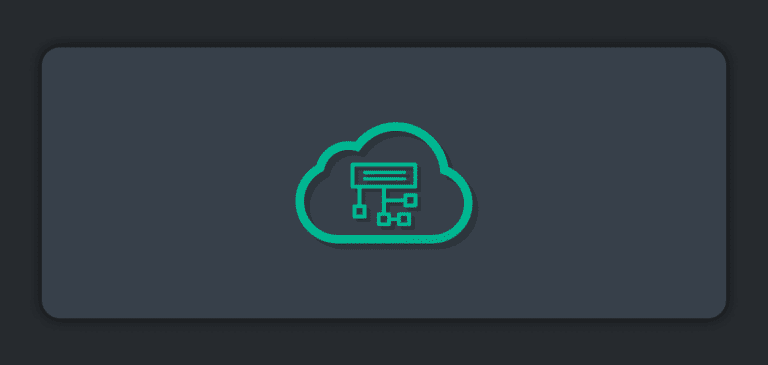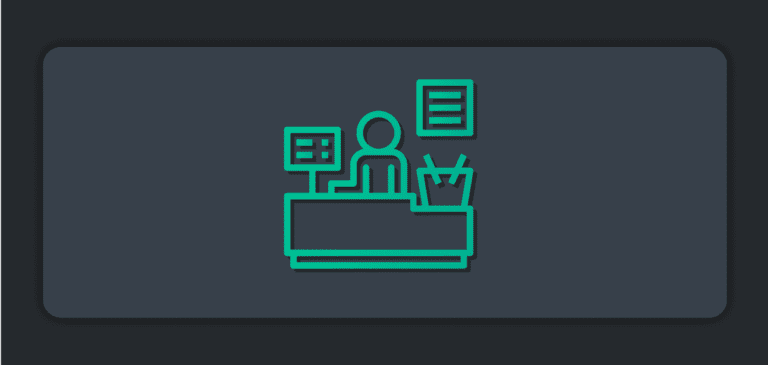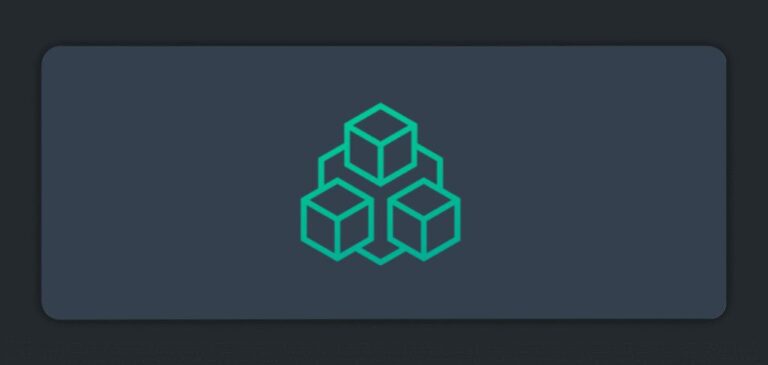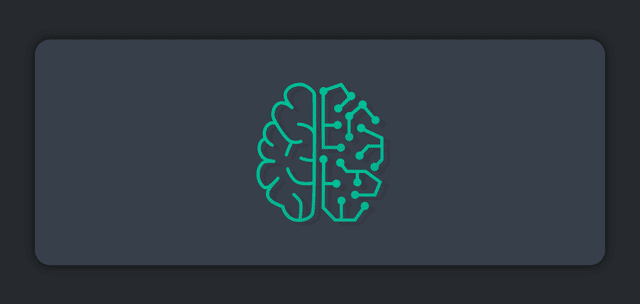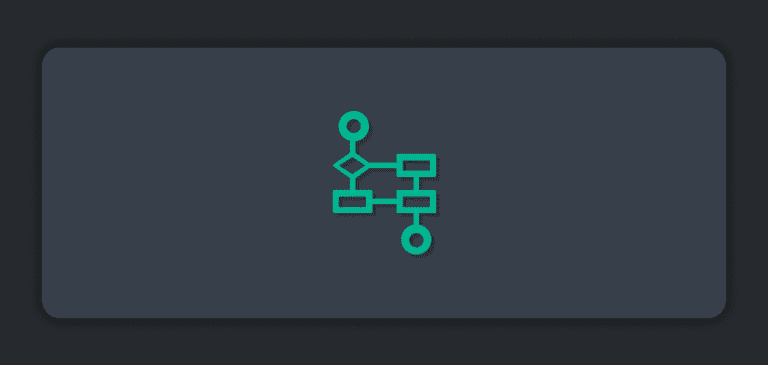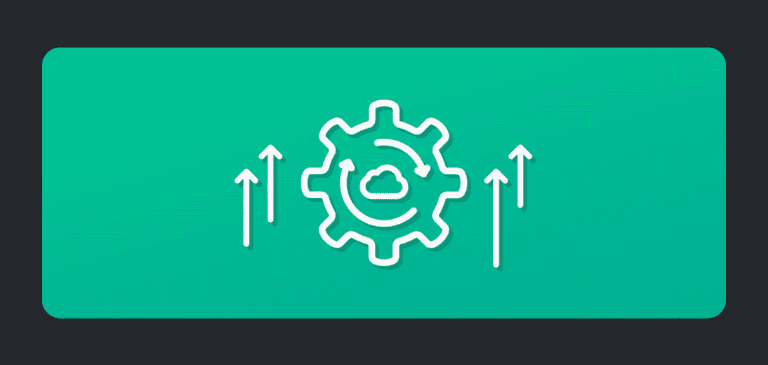If you’re not intimately familiar with the term event-driven integration yet — get ready. You will be. It’s becoming top-of-mind for more and more developers and architects. In fact, the recent State of API Technology report concluded that developers believe event-driven integration is the most important API technology that needs innovation.
So how ready is your enterprise for this next stage of digital transformation? And why should CIOs even be concerned with the real-time capabilities enabled by event-driven integration when the traditional request/reply model has probably worked just fine up to now?
In the words of Marshall Goldsmith, What got you here won’t get you there. Customer expectations have changed, and the technology and business landscapes are changing right along with them.
Here are five things that you as a forward-thinking CIO need to know…
1. Business Today Happens in Real Time — and Your Enterprise Is Lagging
“No one is asking for less data, slower.”
Chris McNabb and Chris Port of Dell Boomi, and Alexis Ohanian of Reddit all hit the nail on the head during their keynote at Boomi World 2019.
In this on-demand economy, people simply aren’t willing to wait — even for 1:1 interactions or personalized experiences. Your company is operating in an economy that demands real-time response, and your customers demand a real-time experience with instant access to accurate data.
Real-time intelligence and response are critical for most business operations and initiatives today — yet most enterprises aren’t set up to function in real-time. These operations require event-driven integration, yet for most enterprises, applications aren’t designed for event sensing and processing.
The request/reply model worked wonderfully for enterprise organizations for decades — but the landscape has changed. Today that traditional model is holding businesses back from modernizing and keeping up with the increasing influx of data.
Don’t get left behind.
2. Event-Driven Integration Is Essential in Real-Time Environments
Real-time technology is evolving to meet these new expectations, and how you move your data could make or break your company’s ability to compete.
Most enterprise organizations rely on the traditional request/reply model for application integration and data movement. In this familiar, web-native, point-to-point model, System A will ask System B if new data is available.
Event-driven architecture, however, removes the need for systems to ask repeatedly if new data is available or if anything has changed. Instead of a request/reply or pull/polling system, event-driven integration operates on a publish/subscribe model. System A publishes an event notification to an event broker, System B subscribes to those notifications, and System B is updated when new data is available.
As applications perform better and you’re able to scale and manage operations more easily, you’ll also be improving the efficiency of your systems and reducing costs. The language of event processing is more universal as well, which means designing applications around events also enables better collaboration between business units and IT teams.
3. Leaders Across Industries Have Adopted Event-Driven Integration
Leaders across many industries including aviation, energy, financial services, gaming, government, manufacturing, retail, telecom, and transportation and logistics are actively working to marry data integration with event-driven data movement.
For most of these organizations, they began with thinking through how to connect all the diverse technology — legacy systems and modern applications, on-premises and multi-cloud environments, across networks and across the globe.
That initial line of thinking then shifted to figuring out how to get all those diverse resources speaking a common language so they could aggregate data, run analytics, and spin data so they could get real insights out of it.
Once the infrastructure was in place, these enterprise leaders began optimizing. They contemplated how they might make these integrations more sophisticated and speed up the movement of data. They began to discover ways to put data in motion as soon as it’s created, and get it to where it needs to go in real-time. The enterprises that have reached this stage are now leaps and bounds ahead of the majority of their competition — they’re truly agile, operating with real-time intelligence in a dynamic architecture that responds to changes in the marketplace as they happen.
Considering IDC’s prediction that the global datasphere will grow to 175 zettabytes by 2025, these enterprise leaders may be the only ones left standing a few years from now.
4. iPaaS and Event Broker Technologies Are Core To Enabling Event-Driven Integration
There is no one solution. Real-time enterprises are using a combination of tools that are flexible, work well together, and extend the value of the technology they’re integrated with.
For the integration aspect, established iPaaS (integration platform as a service) providers – including Dell Boomi and MuleSoft– offer the connectivity, transformation and orchestration tools necessary for event-driven integration. This includes API and data management.
For the data movement aspect, however, those platforms must be combined with a modern event broker. The event broker will enable the different types of data movement – such as publish-subscribe, streaming, queuing, and request-reply – while providing enterprise-grade performance, reliability, and scalability. Event brokers can even be connected to create an event mesh that will support microservices as well as legacy applications operating in cloud and non-cloud environments.
Event Driven Integration with iPaaS - The Architect's Guide to ImplementationIn this guide, you will learn how pairing an iPaaS with an event broker will help you create a robust and scalable architecture and the technical steps you need to take to start reaping the benefits of event-driven integration
Together, iPaaS and event broker technologies enable real-time event streaming, extending across multiple environments (hybrid-cloud, multi-cloud, no cloud, and IoT) — an ideal scenario for any enterprise looking to survive and thrive in the years to come through digital transformation.
5. It’s Not Too Late To Get On Board
For today’s CIOs, preparing effectively for the future is actually less about the specific technology you choose, and more about having the right mindset to choose technology that best serves your stakeholders and customers.
You must shift away from thinking solely about keeping up with demand, and start thinking in terms of solving real-world problems.
The number one thing you can do right now is to assess your readiness:
- Take inventory. Are you already using event-driven architecture somewhere in your company? What skills and deployed technologies do you have available that are capable of supporting event-driven design?
- Identify gaps. Locate any disparities between where your business could benefit from event-driven integration, and the IT organization’s ability to meet those needs with existing technology, skills, and budget.
- Develop a strategic plan. Create a roadmap for how you can realistically and incrementally remove IT constraints and improve capabilities for event-driven integration.
Real-Time Enterprise for a Real-Time World
Your organization’s future depends on digital transformation that enables real-time business operations and customer interactions. Event-driven integration is a key component of this — arguably the most important component.
For more information on what this looks like from a practical technology standpoint, take a look at the Solace + Boomi data sheet. This two-page document paints a vivid picture of what a cloud-native, enterprise-grade and event-driven integration solution could look like for your enterprise. Alternatively, check out how Heineken is using event-driven integration to help them become the world’s best connected brewer.
How Event-Driven Integration is Helping HEINEKEN Become the World’s Best Connected BrewerTo overcome challenges associated with "bursty" data flow and to meet their ambitious digital transformation targets, HEINEKEN is taking an event-driven approach to integration.

 Sarah Diguer
Sarah Diguer





